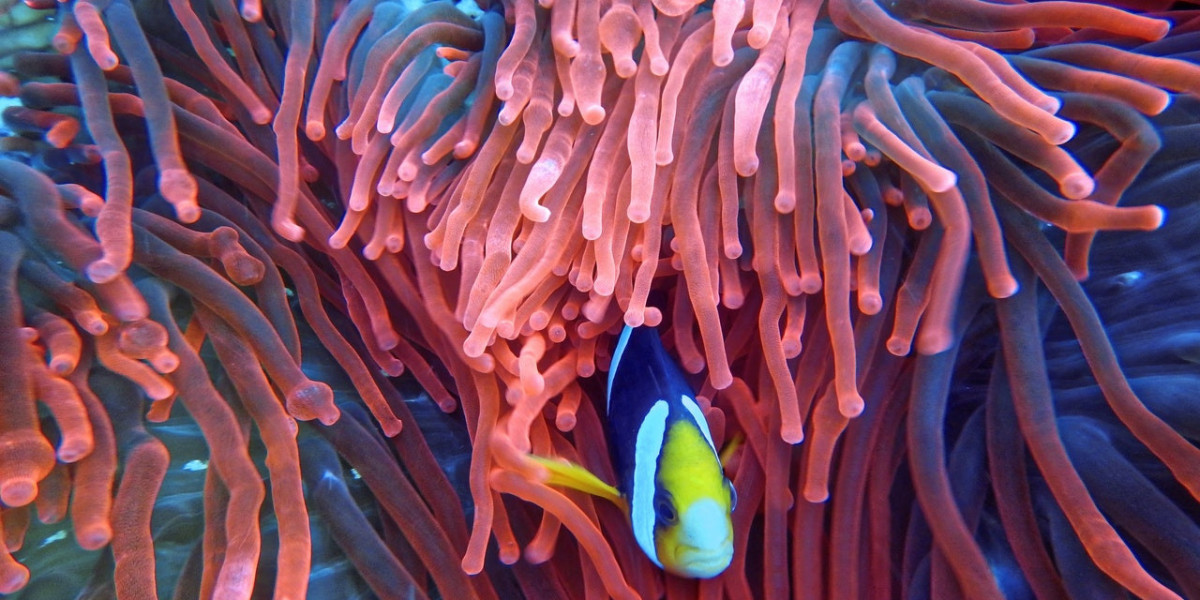Aquaculture Market Demand: A Comprehensive Overview
The global aquaculture industry has been steadily growing in recent years, driven by increasing demand for seafood products. As the world's population continues to grow, so does the demand for nutritious, sustainable protein sources. Aquaculture, which refers to the farming of fish, shellfish, and other aquatic organisms, plays a crucial role in meeting the world's seafood demand. This article delves into the current state of the aquaculture market demand, the factors driving this demand, and the opportunities and challenges that lie ahead for the industry.
1. Global Seafood Consumption Trends
In recent decades, global seafood consumption has been rising steadily, driven by increasing awareness of the health benefits associated with eating fish and other aquatic species. Seafood is rich in essential nutrients such as omega-3 fatty acids, proteins, vitamins, and minerals, making it a preferred protein source for health-conscious consumers. According to the Food and Agriculture Organization (FAO), per capita seafood consumption has increased from 9.9 kg in 1960 to over 20 kg in 2021, highlighting the growing demand for seafood products worldwide.
With population growth, urbanization, and rising incomes in developing countries, the demand for seafood is expected to continue to rise in the coming decades. The United Nations projects that the world population will exceed 9 billion by 2050, further boosting the demand for food, including sustainable sources of protein such as fish and shellfish.
2. The Role of Aquaculture in Meeting Demand
Aquaculture plays a vital role in meeting the growing demand for seafood. It is estimated that nearly half of all seafood consumed worldwide now comes from aquaculture, surpassing wild-caught fisheries. The rise of aquaculture has been particularly important in countries where wild fish stocks are limited or overexploited, such as in Asia, Latin America, and parts of Europe.
Fish farming offers a sustainable solution to meet the demand for seafood while reducing pressure on wild fish populations. Unlike wild fisheries, aquaculture farms can be controlled, allowing for the efficient production of seafood in a controlled environment. This makes aquaculture a reliable and scalable way to meet the demand for seafood products, especially as fish stocks in the wild are increasingly threatened by overfishing, habitat destruction, and climate change.
3. Factors Driving Aquaculture Market Demand
Several key factors are contributing to the increasing demand for aquaculture products:
Rising Global Population and Urbanization: As the global population continues to rise, the demand for food, including protein-rich sources like seafood, is growing. Additionally, as more people move to urban areas, there is a growing need for efficient and sustainable food production systems. Aquaculture provides a way to meet the food security needs of urban populations.
Health Consciousness: The increasing awareness of the health benefits associated with seafood, such as improved cardiovascular health and the prevention of chronic diseases, is driving the demand for fish and shellfish. As more people adopt healthy eating habits, seafood consumption is expected to continue to grow.
Sustainability Concerns: As concerns about the environmental impact of livestock farming grow, aquaculture is becoming an increasingly popular alternative. Aquaculture farms have a lower environmental footprint compared to traditional livestock farming, making them an attractive option for consumers who prioritize sustainability.
Technological Advancements: Advances in aquaculture technology have made fish farming more efficient and cost-effective. Innovations such as automated feeding systems, water quality monitoring, and breeding techniques are helping to increase production and improve the sustainability of aquaculture operations.
Economic Growth in Emerging Markets: Rising incomes in developing countries are contributing to the growth of the aquaculture market. As people in emerging economies gain more purchasing power, there is an increased demand for protein-rich foods like seafood. This has led to the expansion of aquaculture farms in countries such as China, India, and Southeast Asia.
4. Regional Insights into Aquaculture Market Demand
The demand for aquaculture products varies significantly by region. In Asia, aquaculture is the dominant source of seafood production, with China leading the way as both the largest producer and consumer of aquaculture products. In fact, China accounts for more than 60% of global aquaculture production. The country has developed a robust aquaculture sector that includes fish, shellfish, and crustaceans, catering to both domestic and international markets.
In Europe and North America, the demand for aquaculture products is also increasing, particularly for species such as salmon, trout, and shrimp. In these regions, there is a growing preference for sustainably farmed seafood, leading to the adoption of more environmentally responsible practices in the aquaculture sector. Certifications such as the Aquaculture Stewardship Council (ASC) and GlobalG.A.P. are becoming more common, helping to address consumer concerns about sustainability and traceability.
5. Key Challenges in Meeting Aquaculture Market Demand
While the demand for aquaculture products is growing, the industry faces several challenges that could affect its ability to meet future demand. Some of the key challenges include:
Environmental Impact: Despite being more sustainable than wild fisheries, aquaculture can still have significant environmental impacts if not managed properly. Issues such as water pollution, habitat destruction, and the use of antibiotics and chemicals in fish farming need to be addressed to ensure that aquaculture remains a sustainable food source.
Feed Supply and Cost: Aquaculture relies on fishmeal and fish oil as key ingredients in feed for farmed fish. However, the supply of these ingredients is limited, and the cost of feed can fluctuate based on global commodity prices. As the demand for seafood grows, ensuring a stable and sustainable supply of feed will be crucial to maintaining the growth of the aquaculture industry.
Disease and Biosecurity Risks: Disease outbreaks in aquaculture farms can have devastating effects on production and lead to significant economic losses. Ensuring biosecurity and preventing the spread of diseases is a top priority for the industry, particularly as farms become larger and more concentrated.
6. Opportunities for Growth
Despite these challenges, the aquaculture industry offers significant growth opportunities. Some of the key areas of growth include:
Sustainable Aquaculture Practices: As consumers demand more sustainably sourced products, there is a growing opportunity for aquaculture farms to adopt environmentally responsible practices. This includes reducing the use of antibiotics and chemicals, improving feed efficiency, and investing in eco-friendly farming systems.
Alternative Feeds: Research into alternative feeds, such as plant-based ingredients, algae, and insects, is underway to reduce the industry's reliance on fishmeal and fish oil. These alternative feed sources have the potential to improve the sustainability of aquaculture operations and reduce costs.
Expansion into New Markets: As demand for seafood grows globally, there are opportunities for aquaculture to expand into new markets, particularly in regions where seafood consumption is rising, such as Africa and Latin America.
7. Conclusion
The global demand for aquaculture products is expected to continue growing in the coming decades, driven by population growth, rising incomes, and increasing awareness of the health benefits of seafood. Aquaculture offers a sustainable solution to meet this growing demand, but the industry must address challenges such as environmental impact, feed supply, and disease risks. By adopting innovative technologies, sustainable practices, and expanding into new markets, the aquaculture industry can continue to play a pivotal role in meeting the world's growing need for seafood.
Get More Details :
| https://www.pristinemarketinsights.com/aquaculture-market-report |







